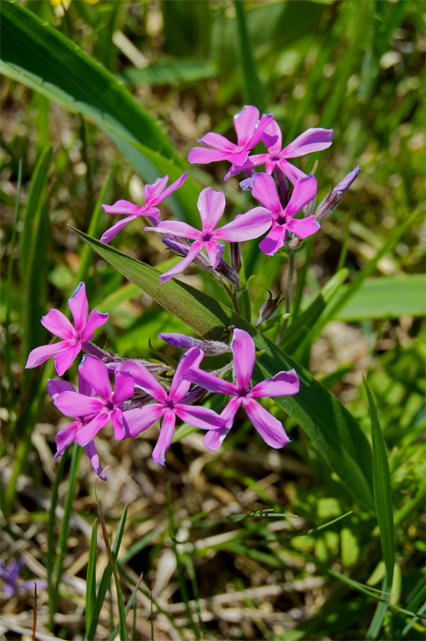Flow Cytometry

Photo: ©2012 Tyler Schappe
We have measured the amount of DNA per plant cell ("2C-values") for over 500 plant species for which we are measuring functional traits and monitoring regional shifts in abundance. Nuclear DNA content (picograms/diploid cell equivalent) is a “key diversity character with many uses”, such as measuring ploidy level, discriminating among related taxa, and determining how suitable various genetic and genomic methods are for particular taxa (Bennett and Leitch 2005). C-values appear to increase with nuclear and cell size, seed mass, specific leaf area, growth rate, and cell- and life-cycle length. We will measure it both to screen species for suitability for AFLP analyses of genetic variation and to conduct phylogenetically structured tests for classic hypotheses regarding ploidy and C-value variation. These include that ploidy and/or genome size should increase toward higher latitudes and in herbaceous or shrubby life plants capable of vegetative spread and decrease in annuals, invasive species, and trees (Stebbins 1971, Ehrendorfer 1980, Grime and Mowforth 1982, Grime et al. 1985, Grime 1998, Rejmánek et al. 2005, Kubesova et al. 2010).
The Wisconsin flora affords comparisons based on ranges north or south of the Tension Zone and the unglaciated Driftless Area vs. glaciated areas. We will use flow cytometry to measure C- values using fresh material (or recently dried tissue) following Dolozel et al. (2007) (see here). Our work will contribute materially to the Plant DNA C- values Database, which reports only 5150 taxa (4427 angiosperms) worldwide and few taxa from our flora.